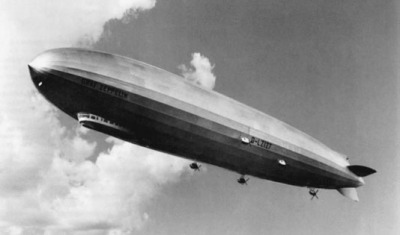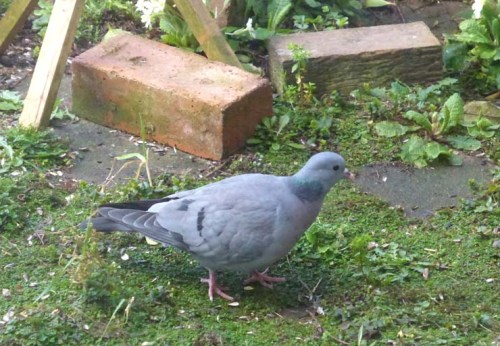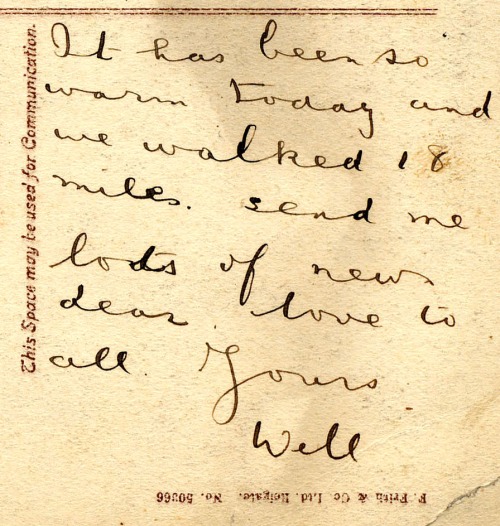Number 11
“E pur si muove” : “And yet it moves” (Galileo Galilei)
When my father, Fred, died in hospital at the age of eighty, his wristwatch was found to have stopped at 11.04. I went round to his house a couple of days later to check everything was all right, and I found that the old brown wooden clock in the sitting room, which had been a wedding present some fifty or more years earlier, had also stopped at that very same time of 11.04. This is like his sitting room clock, but the time is wrong:
Towards the end of his life, Fred had been both blind and bed ridden and his house had become very neglected. During the period after Fred’s death, both my wife and I spent a lot of time cleaning and redecorating all the different rooms.
As we did this, day after day, on more than one occasion, we both smelt what we thought was my mother Jean’s perfume. It was as if she were watching over us in approval as we dusted and hoovered. I suppose that if that were the case, then it should not have been too surprising, given that Jean was a typical 1950s housewife, always cleaning and re-cleaning, and immensely house proud.
At this time, my brother, Ken, who had always been so firmly convinced that the house was haunted, refused to go into the empty property on his own. He had always had the idea that spirits, whether good or bad, are pushed into the background by human activity, but that when potentially haunted houses are empty, then the ghosts will begin to claim them back as their own. Ken certainly believed in the story of the little man who had lived there in the 1940s.
Similar feelings were expressed by my daughter Lauren. As I mentioned above, during that period immediately after Fred’s death, my wife and I were readying Fred’s house to be put on the market. We were spending all of our time cleaning, painting and decorating. Meanwhile, Lauren sat upstairs in the smaller of the two bedrooms revising for her imminent GCSE examinations. She spent all of her time sitting with her back to the wall, scared stiff as she worked. She felt that there was somebody else in the room with her, but that they really did not like her being there. These disquieting feelings only came when she was on her own. As soon as anybody came into the room to see her, all her fears disappeared.
It is easy to dismiss ideas like these out of hand, but it is a little like the difference between walking through a graveyard at three o’clock on a sunlit afternoon:
as opposed to three o’clock in the cold, dark depths of a winter’s night:
With this idea in mind, on the very last evening before the contracts were exchanged and Fred’s house passed out of my possession forever, I decided to do an all-night vigil in an effort to experience something ghostly.
To cut a potentially long story short, I saw or heard absolutely nothing. But, at the same time, though, I was, throughout the entire night, so scared that I never did manage to switch the lights out. I really was very frightened. And, just like Lauren, I too spent all my time sitting with my back to a wall. Read into that what you will.
There were other strange happenings as well as the stopping of the wristwatch and the old wooden clock. We were experiencing them, I suspect, because we were clearing out Fred’s house after his death. It is very frequently said, for example, that building work, and many other types of physical change such as painting or wallpapering, are extremely good for provoking a strong reaction from any ghosts that may be present.
One day, I had been cleaning and painting the living room. This was the downstairs room where Fred had spent the last two, painful, years of his life, except for his stays in hospital. He had a bed, an armchair, a commode and a television, so he was self-contained in a sad, forlorn sort of way.
That particular day, we had reached lunchtime, and my wife and daughter were outside in Fred’s old summerhouse, finishing off their fish and chips from Renée’s Fish Bar. For some reason I now forget, I was alone. Suddenly, I had the strangest feeling that Fred was there in the room with me. I called out to him,
“Are you there, Dad? It’s me, your son, John. If you are there, give me a sign.”
Straightaway, the curtains in the window looking out towards the garage and the concrete drive where Fred had parked his cars for so many years, began to shake and move. Then they stopped. I waited a few seconds and then called out for a second time.
“Is that you, Dad? If you are there, then make the curtains move again.”
Without delay, the curtains again began to move. I went outside, and called in my daughter, Lauren. I told her to come into the living room and just to stand still and watch, and not to say a word. I called out to Fred for a third time,
“Are you there, Dad? This is your granddaughter, Lauren. If you are still there, give her a sign. Make the curtains move like you did for me.”
Immediately, again the curtains began to move, and then stopped. I turned to Lauren, and asked her if they had actually moved, and that it was not just a coincidence. She replied that she had seen the curtains, and that, yes, they had moved, and that apparently, it had been in response to my request.
So, for a fourth, and final time, I called out loudly,
“Are you still there, Dad? If you are, make the curtains move again.”
And sure enough, they did. I have no explanation for these events other than the supernatural.
There was no window open. No door was open. The central heating radiators underneath the window were switched on throughout the entire episode, but this would not explain the fact that the curtains actually came to a fairly abrupt stop on four separate occasions. Neither was it my imagination or wishful thinking. That was one of the reasons why I asked Lauren to come in and be a witness to events. And to this day, she maintains, Galileo-like, that, yes, the curtains did move.
.
Not surprisingly, perhaps, for quite a while afterwards, Fred was to appear in my dreams. There was one that stood out among the rest.
This dream took place on a huge luxurious ocean liner, standing around a grand piano which stood at the meeting point of several long and wide corridors:
Fred was standing there, listening to the pianist who was tinkling away at the ivories in rather desultory fashion. I was talking to Fred, and was trying to trap him into giving me details about the afterlife.
“Where do you live now then, Dad?”, I asked.
“You know that already.”, he said with a slight smile.
“And where you will you go tonight ?”, I asked. “Where will you sleep after we’ve left ?
He did not offer any reply.
“Well, Dad, will I be able to come and see you sometime?”
“Of course you will come and see me…..one day,” he replied, with a strange, wry look, and then walked off for ever down one of the corridors.
I have had no real contact with Fred since, but deep down, I am sure that this will not be the end of the story.
























































































